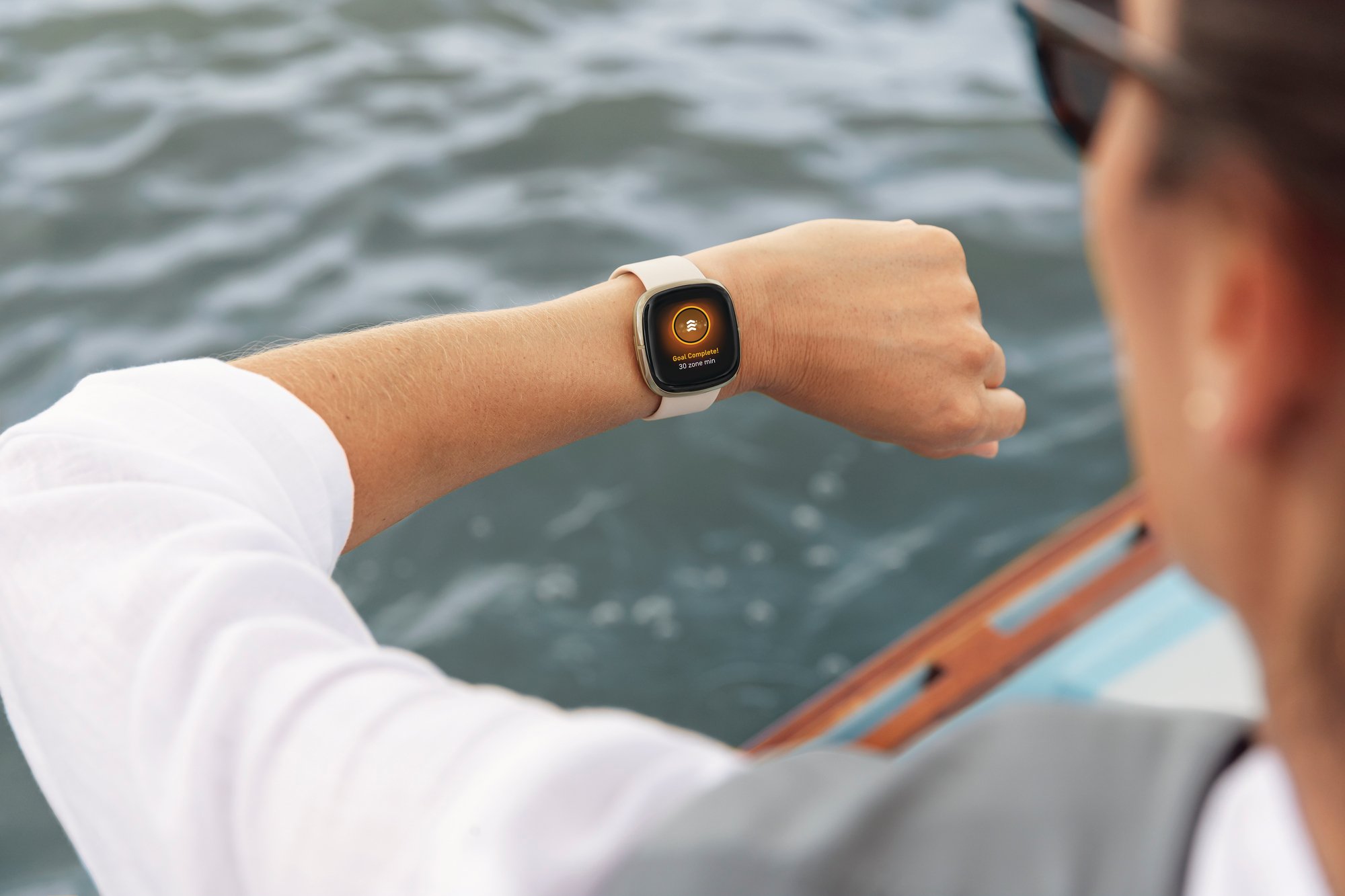A lot has gone wrong for Fitbit (FIT +0.00%) since it made its debut on the stock market almost three years ago. Investors were initially excited about buying into one of the hottest emerging tech trends at that time -- wearable devices -- but enthusiasm gave way to despair when it emerged that pure-play specialists like Fitbit would find it difficult to survive in this market.
Like most new companies, the wearables specialist kept compromising on its bottom line and margins to capture more market share. The strategy worked for some time, but things started going south from mid-2016 as its revenue growth flatlined and losses kept piling up.
Data by YCharts.
Fitbit's performance has gone from bad to worse as tech giants like Apple and Samsung upped their wearables game. But Fitbit is now trying to make a comeback by pursuing some new angles, hoping to capture a piece of a market that's expected to clock an annual growth rate of almost 26% over the next five years.
It has a steep mountain to climb, and a comeback won't be easy.
A drop in demand
Consumer interest in pure-play wearables has waned. This is evident from the growing sales of smartwatches and the drop in demand for Fitbit devices. For instance, Apple's share of the global wearables market increased three percentage points year over year to 10.3% during the third quarter of 2017, according to IDC.
What's more, Apple's smartwatch shipments increased 52% year over year, outpacing the market's overall growth of 7.3%. On the other hand, Fitbit's market share dropped from 21.9% in the third quarter of 2016 to 13.7% during the reporting period, thanks to a massive 33% drop in shipments.
Looking ahead, it's likely that Apple will overtake Fitbit in wearables market share as sales of the Apple Watch are estimated to increase 20% in 2018 to 24 million units, according to AppleInsider. Meanwhile, smartphone company Xiaomi has displaced Fitbit at the top of the wearables table. The other Chinese player, Huawei, has made rapid progress in this space as its market share grew to 6% during the third quarter from just 2.5% a year ago, thanks to a 156% bump in shipments.
The way I see it, there are two reasons consumers prefer their wearables from either a premium player like Apple or budget Chinese original equipment manufacturers (OEMs). First, an Apple smartwatch can play well with Cupertino's entire ecosystem of devices. Though Fitbit can also run on both Android and iOS, its app cannot possibly deliver the level of integration and functionality that Apple's native app can.
For instance, the Apple Watch Series 3 gives users access to a variety of third-party services that Fitbit lacks. Additionally, the Apple Watch's cellular capability means that users can get notifications even when they are away from their phones. The many advantages of the Apple Watch make it a better buy, as its pricing starts at $329, while Fitbit's latest Ionic sells for around $300.
The second reason Fitbit is losing market share is its lack of pricing power. While it struggles to compete against the more feature-rich Apple Watch in the premium segment, cheaper offerings from Chinese rivals such as Xiaomi make its devices look overpriced. For instance, Xiaomi's latest Mi Band 2 retails for just under $30 on Amazon, while the cheapest Fitbit Flex 2 costs more than double that and doesn't even offer an LCD display.
Not surprisingly, Fitbit has been forced to sell its devices at a discount, and this has taken a toll on its profitability.
Fitbit is exploring new areas
Fitbit needs to diversify its business to survive these fundamental challenges. The company's recent announcements indicate that it's taking steps in this direction by building a services business and focusing on healthcare.
UnitedHealthcare recently announced that it's teaming up with continuous glucose monitoring systems (CGMs) manufacturer Dexcom and Fitbit. UnitedHealthcare will provide a CGM, a Fitbit fitness tracker, and a fitness coaching app to the participants in its Medicare Advantage plan.

Image Source: Getty Images.
This partnership aims to help diabetics understand readings and keep their glucose levels under control. This could be a big market for Fitbit, because the U.S. is home to more than 27 million Type 2 diabetics. Fitbit can benefit from such partnerships in two ways. First, it can enhance sales through hardware sales. Second, it can gain more subscribers for its $7.99-a-month Fitbit Coach app.
Fitbit CEO James Park is extremely positive about this opportunity, which could run into billions of dollars, because his devices can reduce the cost of diabetes to the U.S. healthcare system. But Fitbit isn't the only one that can do so. There is massive competition in the wearables market, so it won't be surprising if healthcare providers look to other players as well for such partnerships.
In all, Fitbit faces an uphill battle to reclaim its position in the wearables space. Of course, there are certain positives on the product development front, and the rate of revenue decline is slowing down. But it will be wise to watch from the sidelines and check Fitbit's progress against the likes of Apple and the Chinese OEMs. The company cannot afford falling further behind, while the wearables market continues to take off in the coming years.






